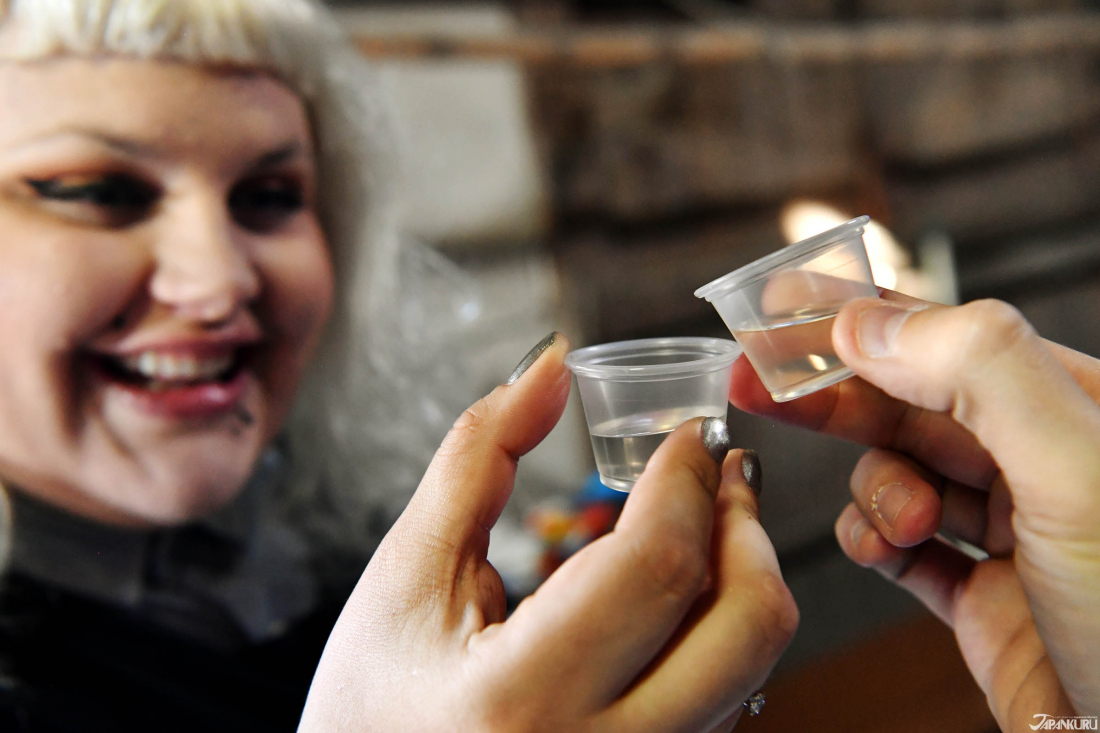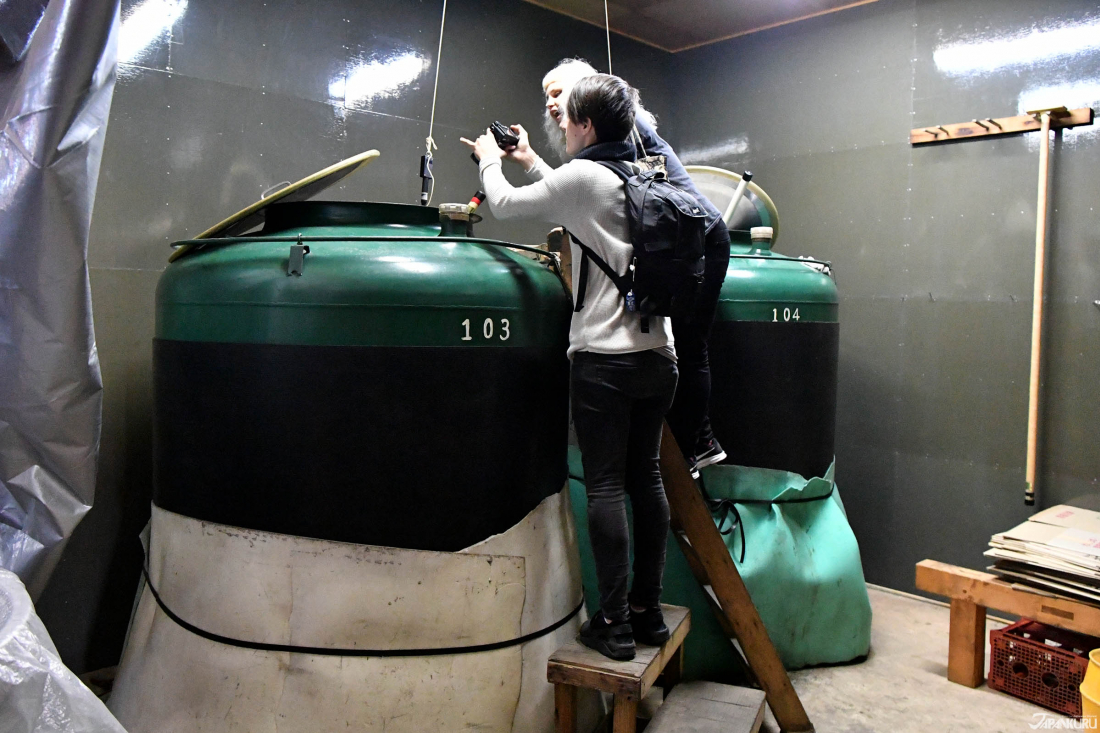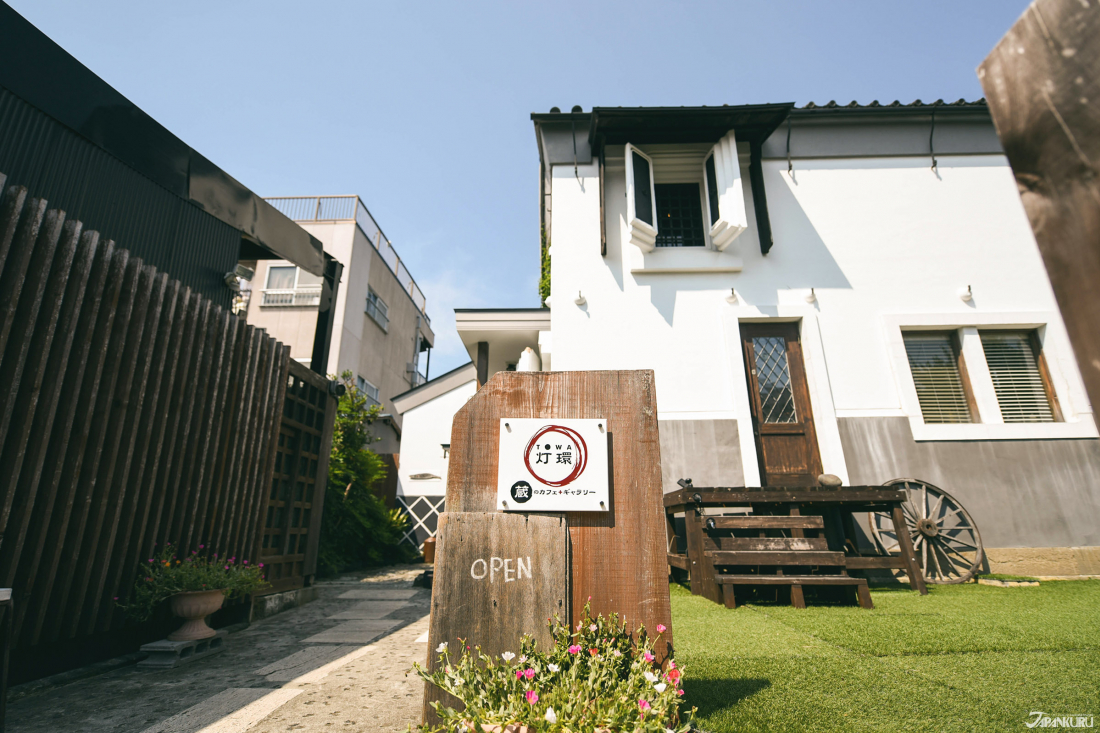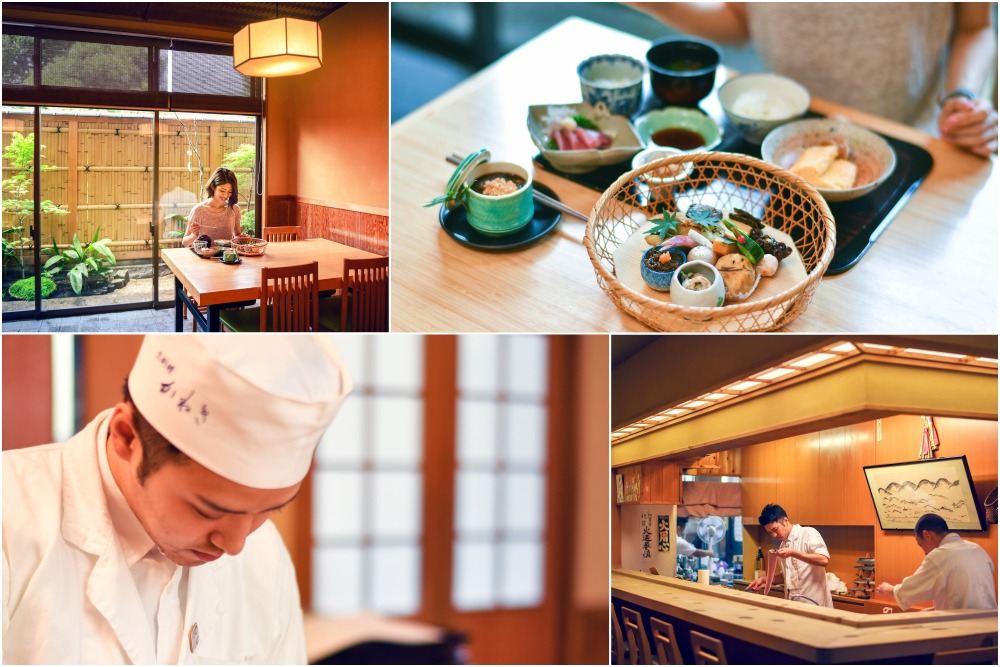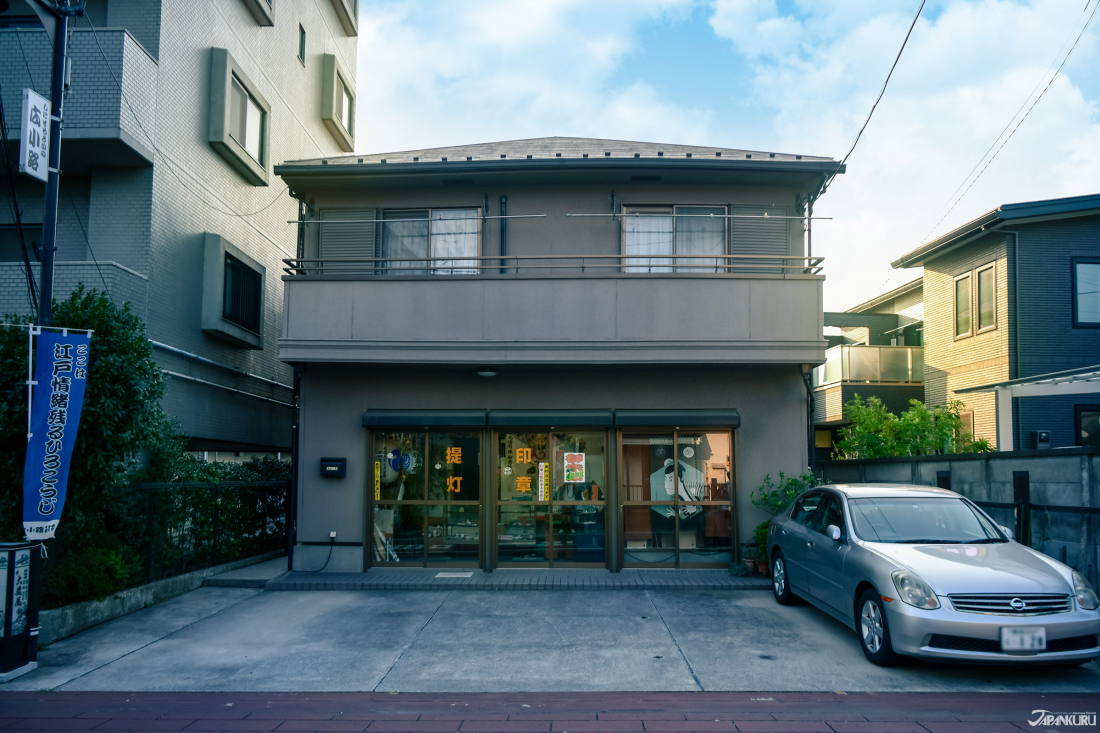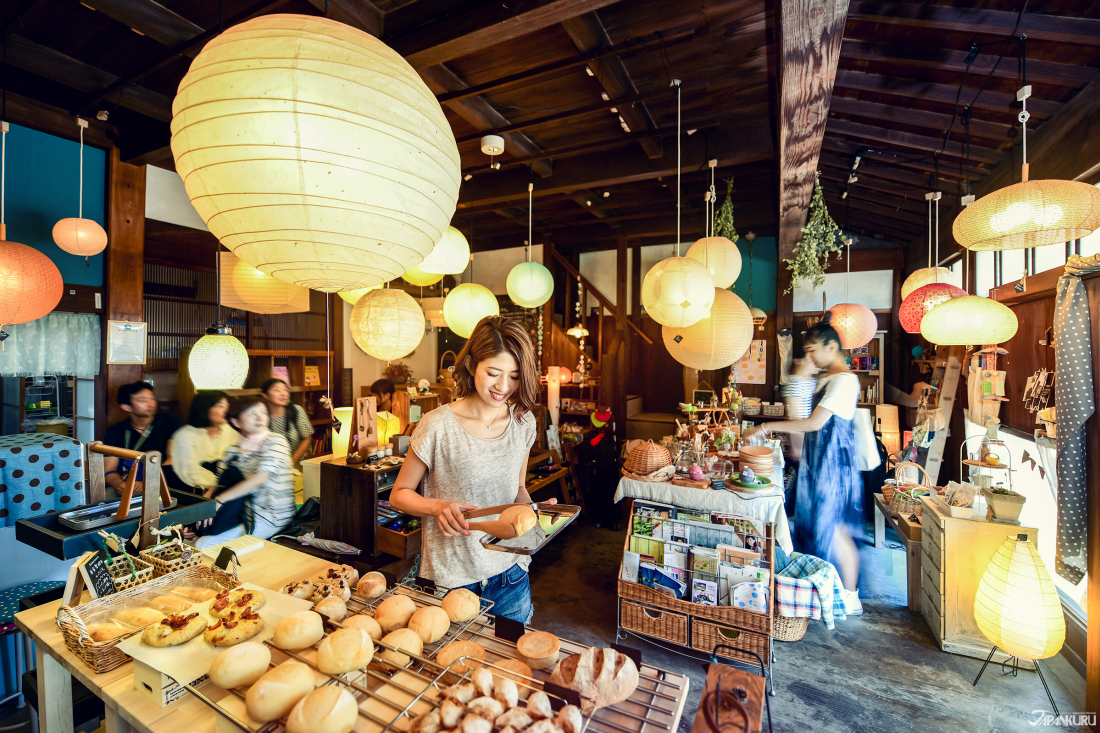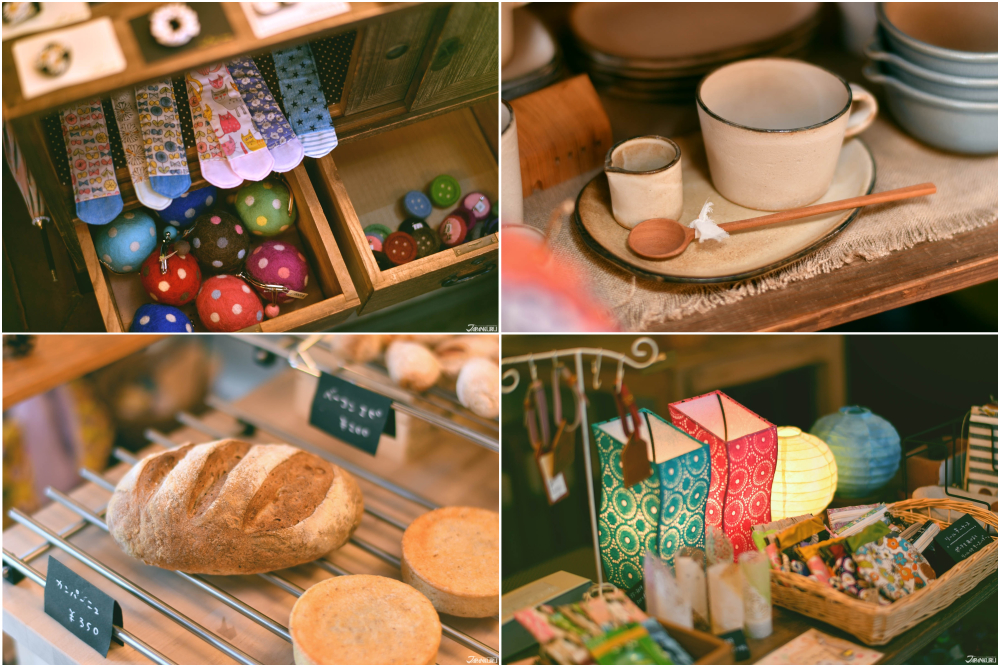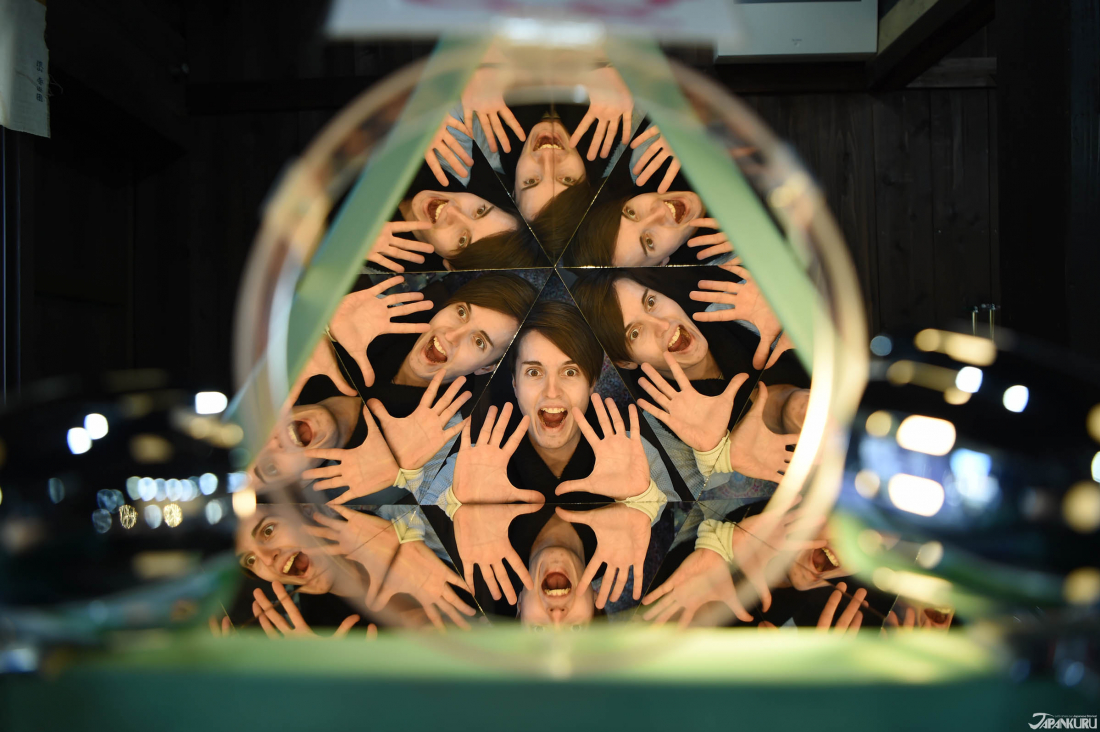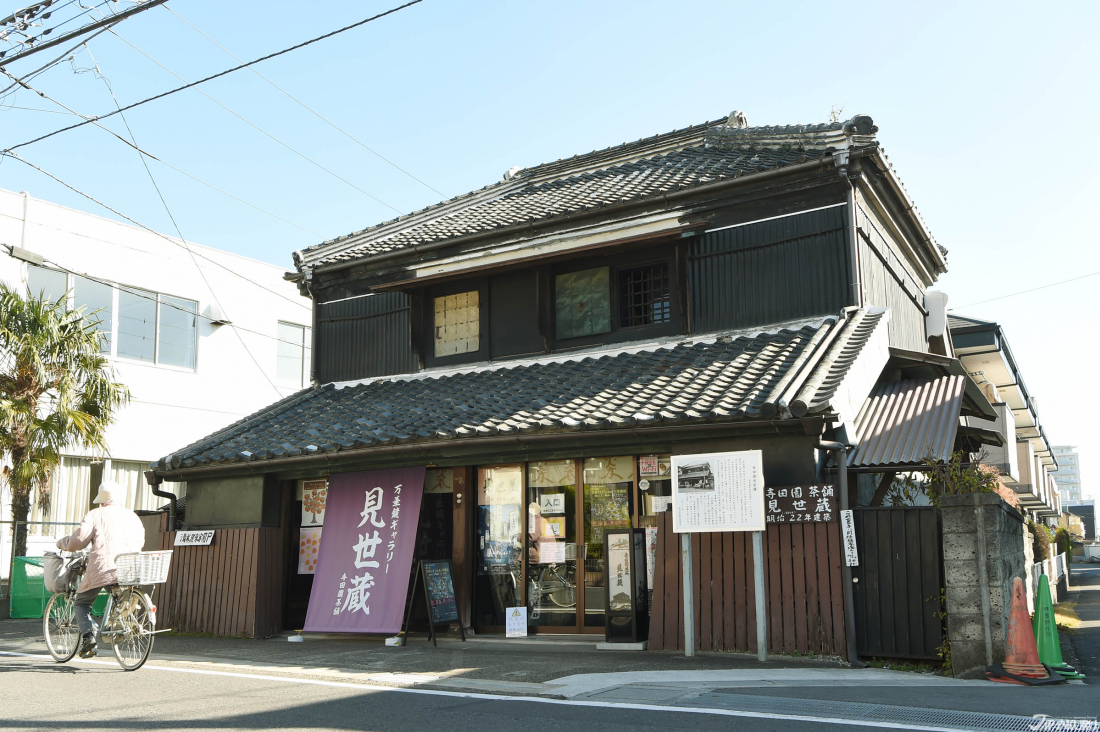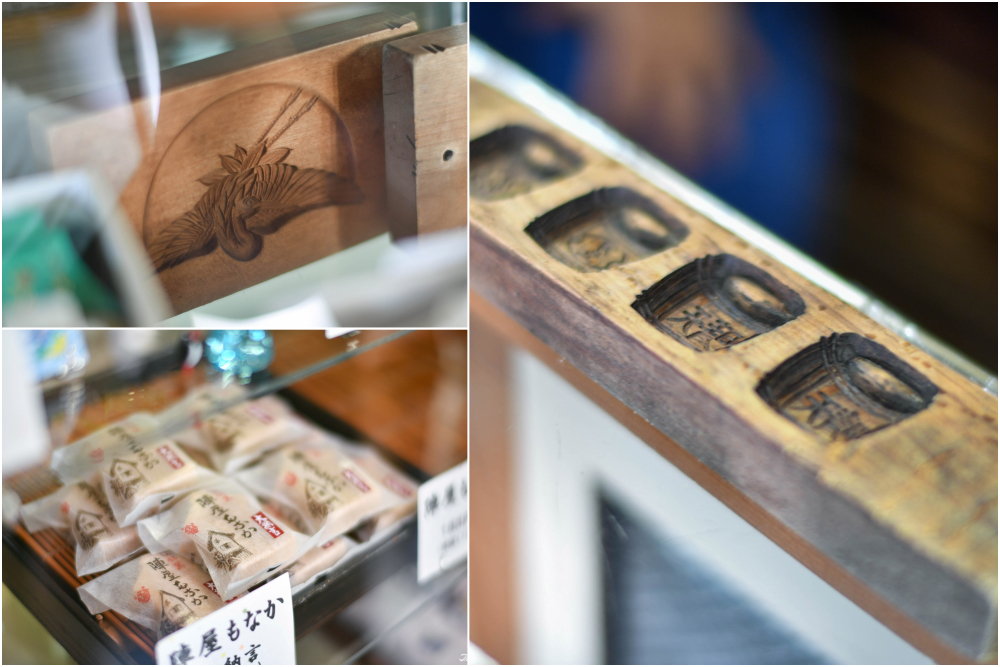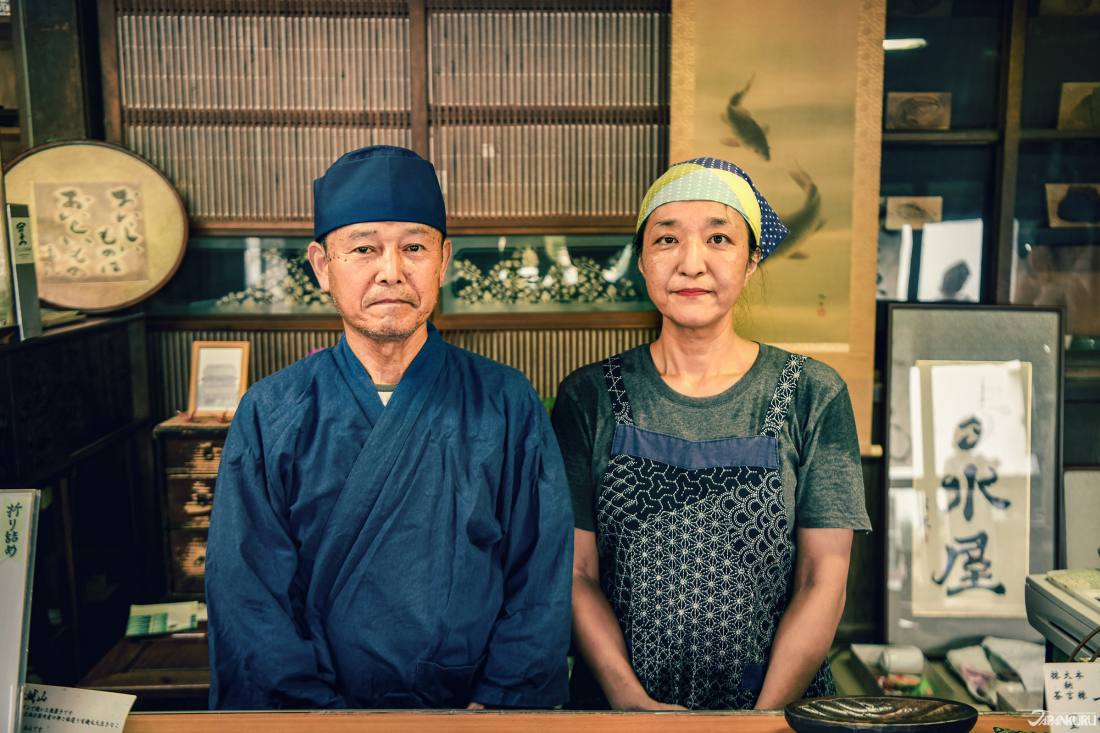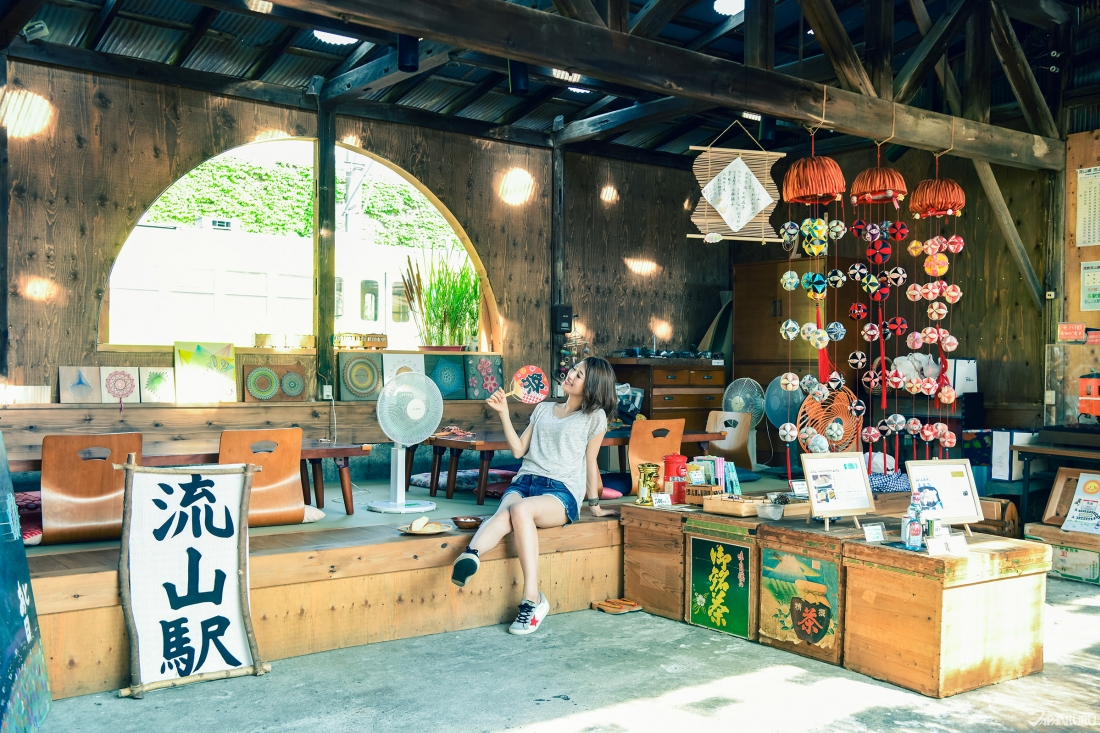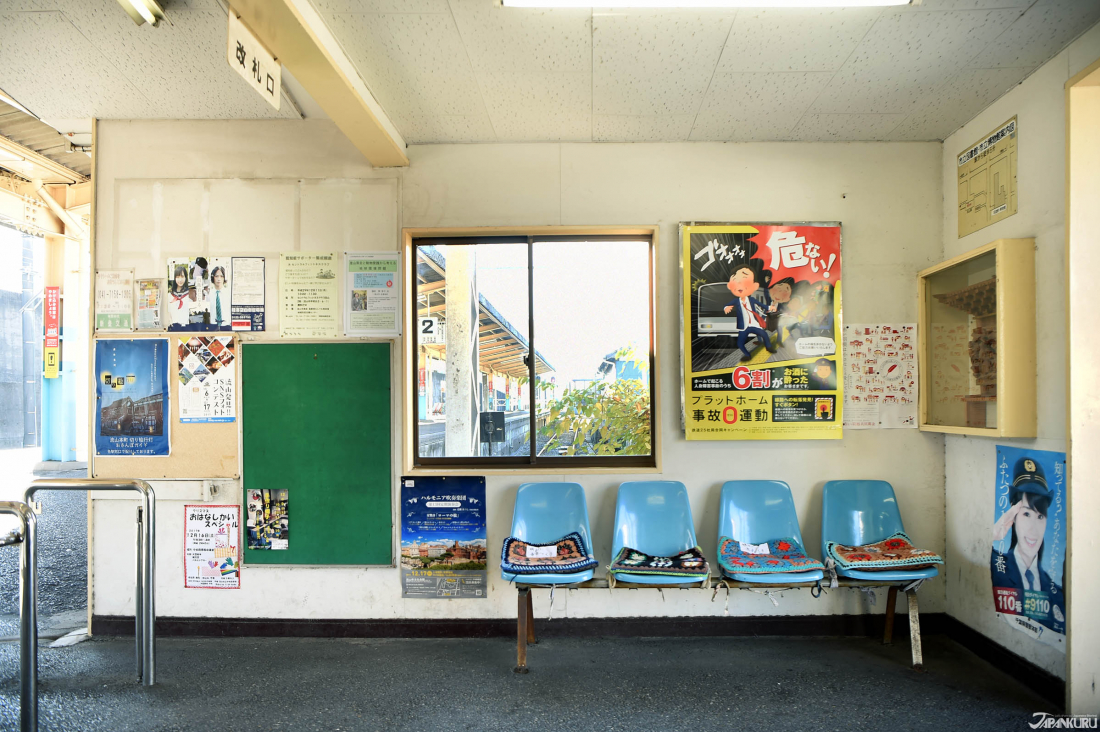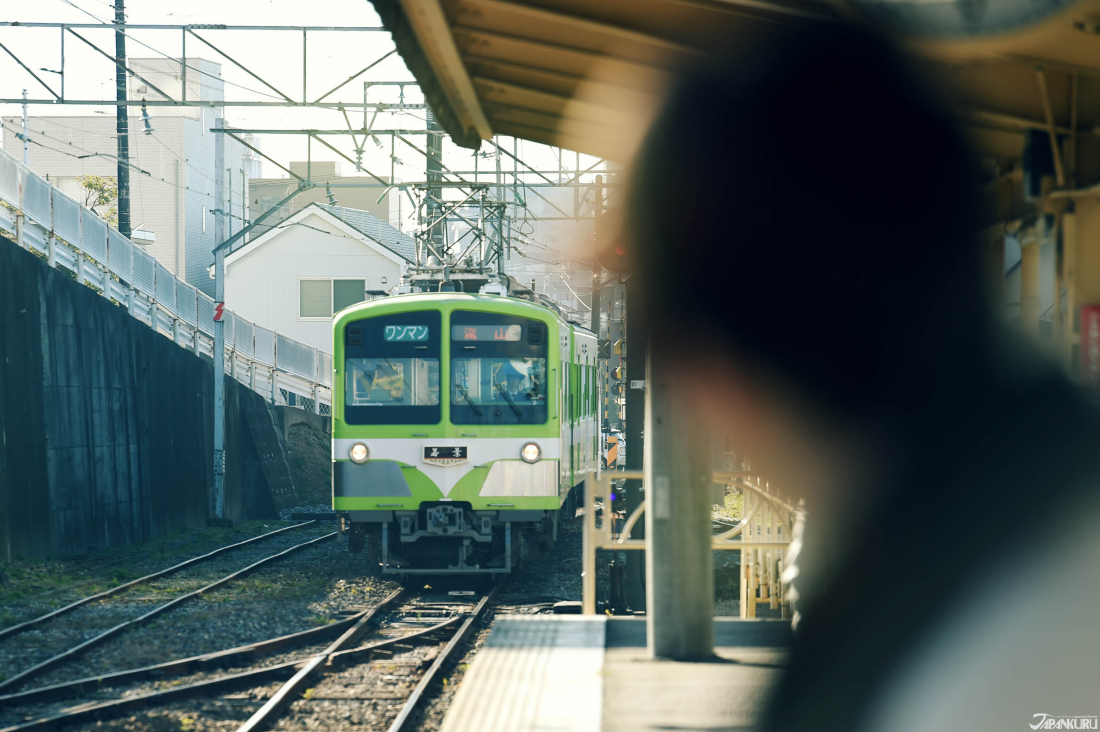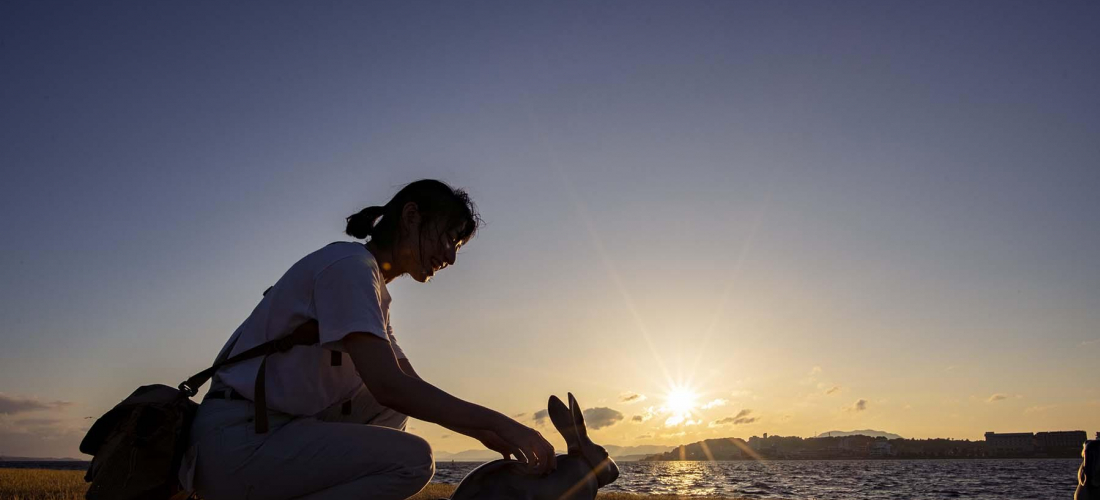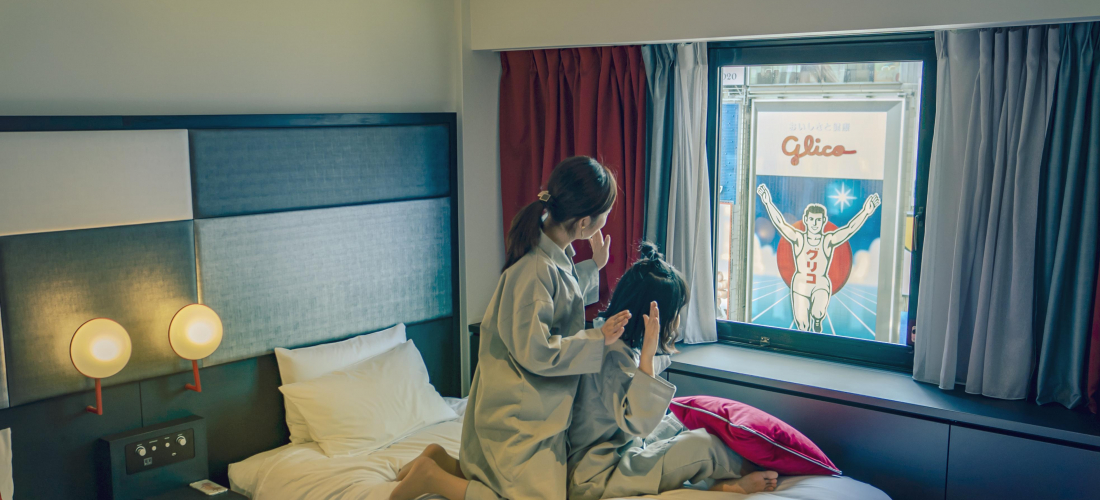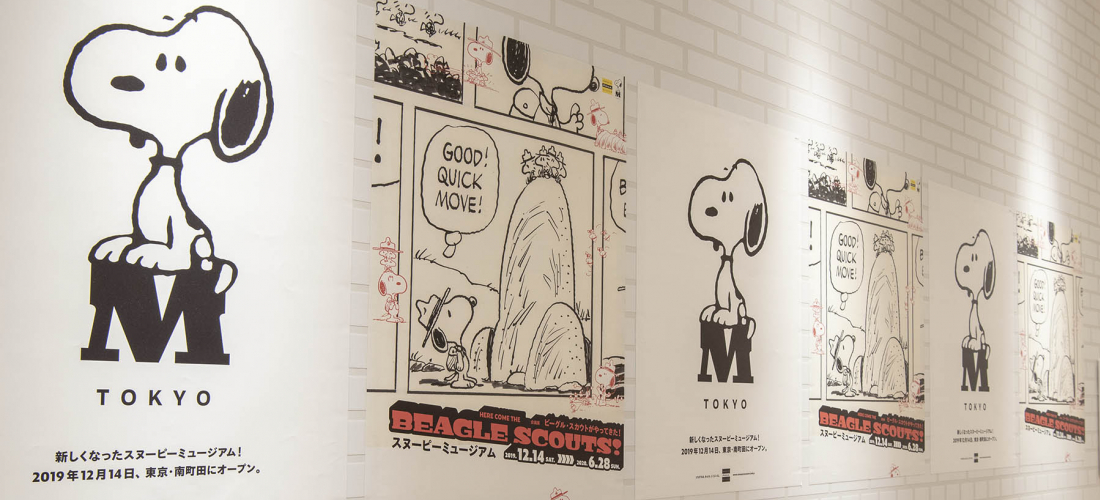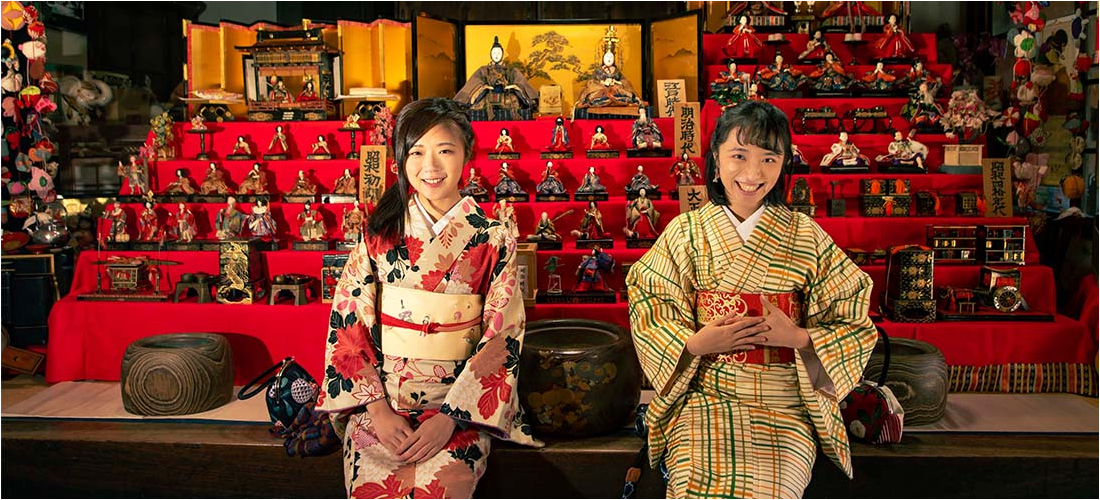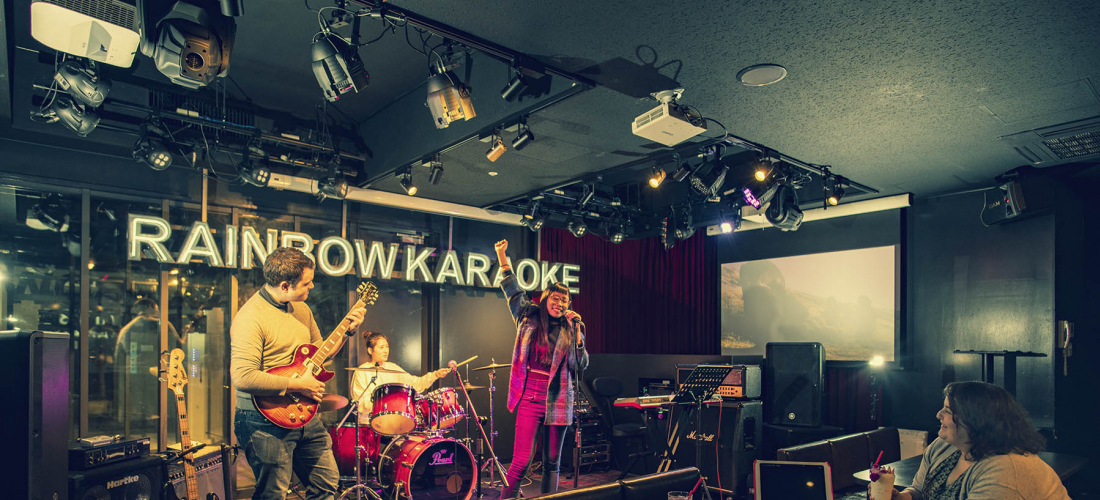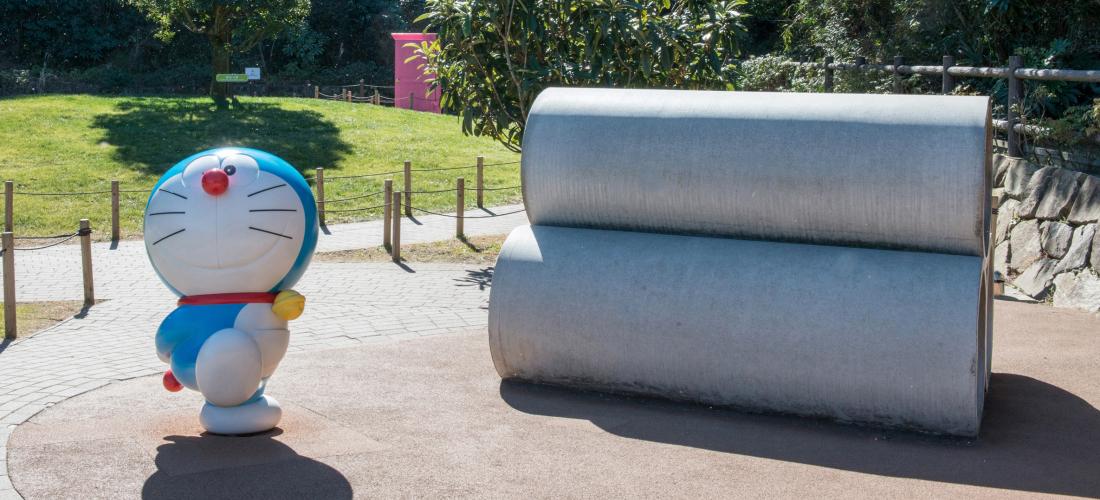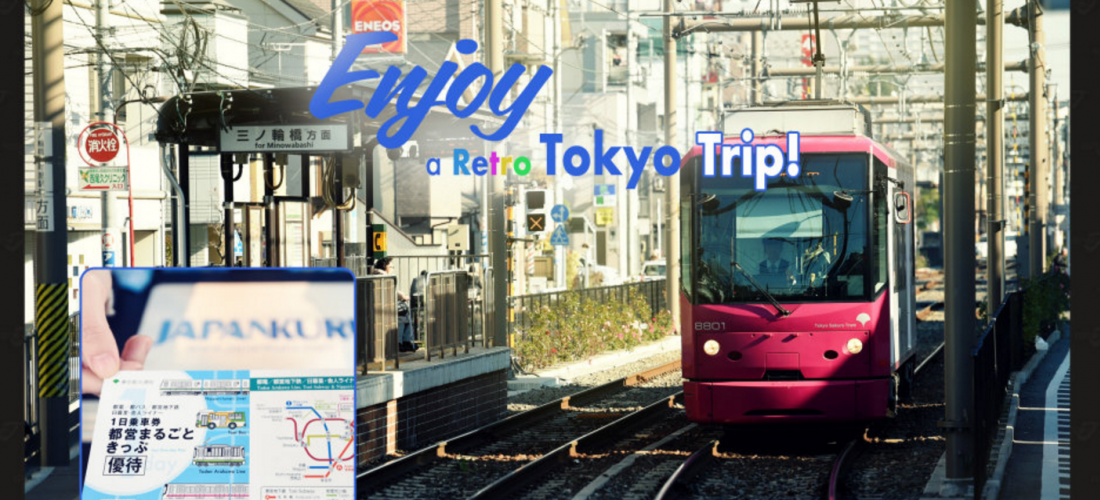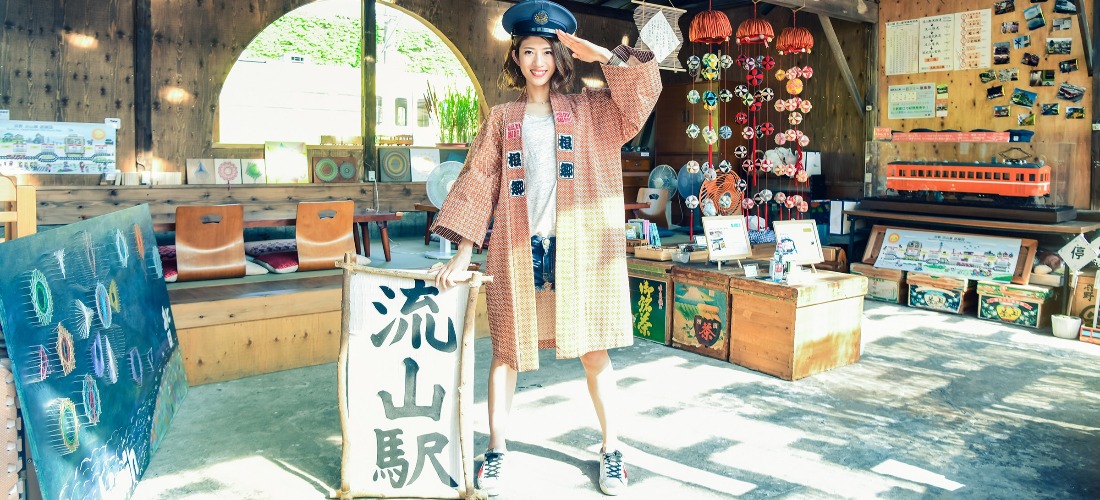
CONTENTS
Il existe une multitude de villes à visiter à côté de Tokyo. Après avoir parcouru les principaux lieux de la capitale, pourquoi ne pas aller découvrir ses alentours? Cette fois JAPANKURU vous emmène à Nagareyama City à Chiba, à seulement une heure et demi de Tokyo!
Nous avons remarqué ces dernières années que de nombreux artisans traditionnels poursuivent leurs activités, et ce malgré les tendances qui évoluent. Similaire à Kagurazaka, l'une des meilleures choses à faire à Nagareyama n'est pas seulement de se connecter au patrimoine et l'histoire du pays, mais aussi de se profiter de la chaleur de ses habitants.
Le seul moyen de s'y rendre est de prendre le métro ou le TX Tsukuba Express. Si vous souhaitez vous échapper du tumulte de Tokyo, ou découvrir des villes plus intime, c'est ici que ça se passe!
(流山おおたかの森駅)
Le moyen le plus rapide pour s'y rendre s'appelle le Tsukuba Express (つくばエクスプレス),
qui vous y emmène en 20 mins depuis Akihabara.
vous pouvez prendre la ligne Tobu Railways (東武鉄道) pour vous rendre où vous voulez.
Ou faîtes comme nous, et prenez le bus depuis Nagareyama-otakanomori jusqu'à Nagareyama (流山駅).
SAKE KUBOTA (窪田酒造)
La brasserie Kubota (窪田酒造) est une usine à saké fondée en 1872. Chiba est connue pour sa longue histoire avec le saké, en particulier le nihonshu Katsushika (勝鹿), réputée dans tout l'archipel. Le sake est devenu un élément important de l'histoire de Chiba grâce à la qualité de son eau transportée par un canal créé durant l'ère Kanei (1624-1643).
Nous avons pu faire un tour de la distillerie et du procédé de son brassage. Vous pouvez profiter d'un buffet à la fin de la visite avec différentes sortes de sake et de mirin à goûter! C'était la première fois que nous avions testé du mirin pur et nous avions été surpris par sa douceur naturelle!
Dirigez-vous vers la porte d'à côté et vous verrez la sauce soja au miso Kubota (窪田味噌醤油). C'est une usine qui fabrique le miso et la sauce soja depuis 1925. A l'exterieur se trouve les matériaux de bases ainsi que certains ingrédients utilisés uniquement à Nagareyama, très intéressant pour les experts en cuisine japonaise.
685 Yamazaki, Noda-shi, Chiba
Google Maps
⏰: 8:30~17:30
📞: 04-7125-3331
🖳Kubota Sake official website (JPN)
– Page internet pour recevoir un guide en anglais (English)
→ Il y a un espace pour expérimenter à Nagareyama.
Si vous ne parlez pas le japonais, vous pouvez demander un guide en anglais sur le lien au-dessus.
TOWA (蔵のカフェ+ギャラリー灯環)
Nagareyama-otakanomori Station→ 🚌Keikyu Bus 🚌 →Ryutetsu Nagareyama Station (流山駅)→ 🚶 →TOWA
Le café TOWA est super pour ceux qui adorent les petits restaurants cachés. A l'origine un entrepôt, il est devenu un café lumineux vendant également des produits faits-maison.
En plus de la boisson, vous pouvez choisir 3 repas différents; un repas végétarien avec une assiette de riz (農園野菜のごはんプレート), une assiette avec de la quiche (キッシュブランチプレート), et un carry au boeuf (牛すじカレー).
Nagareyama n'est pas seulement connu que pour son mirin, mais aussi pour son miso. Alors si vous déjeunez à Towa, nosu vous conseillons de prendre des plats ou des boissons à base de miso ou de mirin. Par exemple la limonade au mirin! Acide comme une limonade mais adoucis par le mirin.
1-155 Nagareyama, Nagareyama-shi, Chiba
Google Maps
⏰: 10:30~17:30 (dernière commande: 17)
Fermé chaque mardi et mercredi
🖳TOWA official website (JPN)
KIMURA INKAN (木村印鑑店)
Nous nous sommes ensuite rendus dans une boutique de tampons japonais, Kimura Inkan (木村印鑑店), existant depuis 3 générations. Vous vous demanderez de quel genre de boutique il s'agit en voyant les lanternes accrochées au mûr. En fait, Kimura Inkan est non seulement un magasin de tampons, mais aussi de lanternes traditionnelles. Si vous vivez au Japon, les tampons sont très importants pour ouvrir un compte en banque, ou entre autres signer des documents importants. On peut se dire que les lanternes en papier sont un peu passés de mode récemment mais les Japonais s'en servent encore beaucoup lors de la fête d'Obon (fête des morts) durant laquelle les familles les utilisent pour guider leurs défunts parents de leur tombe jusqu'à la maison.
KONO CONO (あかり館@雑貨konocono)
Cette charmante maison en bois a plus de 80 ans. Les lanternes sont faites à partir de papier japonais "washi" (和紙) fabriqué à Mino (美濃市) de la préfecture de Gifu, éclairant la boutique d'un doux halo de lumière. Si seulement toutes les boutiques du Japon pouvaient être éclairées ainsi! Vous y trouverez toutes sortes de lanternes à acheter et ce, pour tous les prix. Vous pouvez même pré-commander une lanterne personnelle si vous avez un design particulier en tête. Nous y avons acheté une lanterne de nuit très jolies, et, même si électrique, réchauffe la maison de sa douce lueur.
Il n'y a pas que des lanternes à papier à acheter ici! Vous trouverez également du pain frais, des babioles faits-main ou de la vaisselles. Le deuxième étage expose les lampes à papier et offre de temps en temps des cours de calligraphie ou de yoga.
6-1324 Ka, Nagareyama-shi, Chiba
Google Maps
⏰: semaine 10:00~16:00
samedi et jours fériés 13:00~17:00
fermé tous les dimanche et lundi
🖳kono cono official website (JPN)
KALEIDOSCOPE GALLERY MISEGURA (万華鏡ギャラリー 見世蔵 )
Misegura est une boutique de kaléidoscope créé en 1889. Le magasin expose également le travail du dessinateur de kaléidoscope Nakagawa, connu dans le monde entier.
Jamais nous aurions pensé trouver un magasin qui propose autant de kaleidoscopes. Tous diffèrent en fonction de leurs formes et de leurs couleurs. Vous êtes donc assurés de vous amuser un bon moment!
2-101-1, Nagareyama, Nagareyama-shi, Chiba
Google Maps
⏰: 10:00~17:00 (fermé le lundi et mardi)
📞: 04-7190-5100
🖳Kaleidoscope Misegura official website (JPN)
MASHIYA GOFUKUYA (ましや呉服屋)
Mashiya Gofukuya (ましや呉服屋) est une boutique de kimono qui existe depuis plus de 100 ans.
Nous avons rencontré la sixième génération de propriétaires qui nous ont expliqué très gentiment le processus de fabrication des kimono et de yukata. Ils nous ont également emmenés dans leur fabrique et nous ont appris à choisir correctement un bon kimono. En général, les gens ne regardent que la forme et les couleurs sans faire attention au sens derrière le design de ses derniers. Une chose qui nous a surpris a été que beaucoup de personnes en été choisissent des yukata chatoyants avec des dessins de feu d'artifice. Pourtant, ce qui est tradionnellement "correct" serait de s'habiller en fonction de la saison qui va venir. Ainsi, vous devriez porter un yukata qui a pour thème l'automne durant l'été. Si vous n'êtes pas sûr de votre choix, vous pouvez toujours demander des conseils aux propriétaires qui vous aideront très gentiment!
La boutique propose également des accessoires liés au kimono. Certains sont d'ailleurs très vieux due à l'âge du magasin. Par exemple, si vous vous dirigez vers le fond, vous trouverez un abri pour protéger les kimonos du feu. Il est aujourd'hui utilisé comme un petit musée garnis d'antiquités, alors ne le râtez pas!
Le propriétaire nous explique le sens des formes sur le tissus. Il y a deux façons d'ajouter ces formes sur un kimono; en utilisant un modèle ou en le peignant directement. Celui sur la photo est un "Kata Yuzen" (型友禅) inspiré de Kyoto. Il s'agit d'une teinture qui existe depuis le 15e siècle. La forme faite avec du papier est mélangé avec de la colle colorée (写糊;"utsushi nori") et de la teinture. Chaque partie du kimono aura sa propre couleur, il faut donc le teindre partie par partie. Ensuite, on ajoute des bordures dorées et autres dessins. 10 modèles on été utilisés pour faire le kimono ci-dessus, mais certains en demandent plus de 100! Certains kimonos sont peints entièrement à la main, mais sont bien évidemment extrêmement chers et de plus en plus rares.
C'est un exemple parfait qui montre à quel point il est intéressant de venir à Nagareyama. Il n'est pas sûr à Kyoto que les employés de boutiques de kimono n'aient le temps de vous expliquer le processus de création et l'histoire derrière cet habit!
6-1300, Ka, Nagareyama-shi, Chiba
Google Maps
⏰: 10:00~19:00
Fermé le mercredi et tous les 2e et 3e jeudi du mois
📞: 04-7158-1018
🖳Mashiya Gofuku-ya official website (JPN)
SHIMIZUYA (清水屋)
Fondée en 1902, la boutique de friandises traditionnelles Shimizuya (清水屋) en est à sa 5ème génération de propriétaires. Shimizuya vend des friandises fraiches et ses propriétaires en sont extrêmement fiers de la longévité de leur magasin: plus de 115 ans. Utilisant une vieille technique, ils utilisent des outils pour préparer ces snacks. Si vous adorez les friandises japonaises telles que le senbei (chips au riz), arrêtez-y vous!
2-26, Nagareyama, Nagareyama-shi, Chiba
Google Maps
⏰: 12:00~19:00
📞: 04-7158-0140
🖳Chiba Prefecture Shimizuya website (JPN)
machimin
Le nom de ce centre aéré "machimin" vient du mot japonais "machi" (la rue ou la ville) et min (une version courte de mina, qui veut dire "tout le monde"). On y a construit un "bâtiment pour tout le monde".
Machimin propose des activité qui promeuvent des échanges entre les touristes les habitants, créant une dynamique inédite dans la ville de Nagareyama. Nous avons mentionné plus tôt que Nagareyama est connue pour son mirin et son miso, vous trouverez à Machimin des desserts qui utilisent le mirin à la place du sucre! Les shamallows au mirin changeront votre perception de cette friandise à tout jamais.
☆machimin
1-264, Nagareyama, Nagareyama-shi, Chiba
Google Maps
⏰: 10:00~16:00
🖳machimin website (JPN)
Machimin se trouve juste à côté de la gare de Nagareyama Station (流山駅) sur la ligne Ryutetsu. C'est une petite gare locale qui n'utilisent même pas de portiques électriques mais d'épais tickets à l'ancienne que vous devez faire tamponner. En prenant ce train, vous pourrez découvrir encore davantage les alentours de la capitale.
Les 8 lieux décrits ci-dessus ont été sélectionné par JAPANKURU comme circuit recommandé pour la visiter la ville de Nagareyama. Il vaut mieux vous laisser du temps pour vous promener tout autour et profiter de la chaleur et le charme de cet endroit. Il est bien sûr possible de trouver des régions similaires à celle-ci à Tokyo ou Kyoto, mais nous pouvons vous garantir que vous ne serez pas aussi bien traités que dans cette petite ville de Nagareyama
1.Ryutetsu (train local Nagareyama) – Pour utiliser la Ryutetsu, vous devez d'abord sortir à la Mabashi, puis prendre le train directement pour Nagareyama.
2. TX Tsukuba Express (subway) – TX Tsukuba Express est le moyen le plus simple et le plus rapide de s'y rendre. Sautez dans une des stations TX (Asakusa, Akihabara, etc.) et sortez à la gare Nagareyama-otakanomori.
Pour d'autres sujets intéressants,
Pensez à visiter JAPANKURU🐶!!
Ou ajoutez-nous sur Google+, Instagram, Facebook et partagez vos photos du Japon💖🗾
Details
NAME:Nagareyama (流山市)
MAP
ACCESS:Nagareyama Station
COMMENT
FEATURED MEDIA
VIEW MORE 
A New Tokyo Animal Destination: Relax & Learn About the World’s Animals in Japan
#pr #japankuru #anitouch #anitouchtokyodome #capybara #capybaracafe #animalcafe #tokyotrip #japantrip #카피바라 #애니터치 #아이와가볼만한곳 #도쿄여행 #가족여행 #東京旅遊 #東京親子景點 #日本動物互動體驗 #水豚泡澡 #東京巨蛋城 #เที่ยวญี่ปุ่น2025 #ที่เที่ยวครอบครัว #สวนสัตว์ในร่ม #TokyoDomeCity #anitouchtokyodome

Shohei Ohtani Collab Developed Products & Other Japanese Drugstore Recommendations From Kowa
#pr #japankuru
#kowa #syncronkowa #japanshopping #preworkout #postworkout #tokyoshopping #japantrip #일본쇼핑 #일본이온음료 #오타니 #오타니쇼헤이 #코와 #興和 #日本必買 #日本旅遊 #運動補充能量 #運動飲品 #ช้อปปิ้งญี่ปุ่น #เครื่องดื่มออกกำลังกาย #นักกีฬา #ผลิตภัณฑ์ญี่ปุ่น #อาหารเสริมญี่ปุ่น

도쿄 근교 당일치기 여행 추천! 작은 에도라 불리는 ‘가와고에’
세이부 ‘가와고에 패스(디지털)’ 하나면 편리하게 이동 + 가성비까지 완벽하게! 필름카메라 감성 가득한 레트로 거리 길거리 먹방부터 귀여움 끝판왕 핫플&포토 스폿까지 총집합!
Looking for day trips from Tokyo? Try Kawagoe, AKA Little Edo!
Use the SEIBU KAWAGOE PASS (Digital) for easy, affordable transportation!
Check out the historic streets of Kawagoe for some great street food and plenty of picturesque retro photo ops.
#pr #japankuru #도쿄근교여행 #가와고에 #가와고에패스 #세이부패스 #기모노체험 #가와고에여행 #도쿄여행코스 #도쿄근교당일치기 #세이부가와고에패스
#tokyotrip #kawagoe #tokyodaytrip #seibukawagoepass #kimono #japantrip

Hirakata Park, Osaka: Enjoy the Classic Japanese Theme Park Experience!
#pr #japankuru #hirakatapark #amusementpark #japantrip #osakatrip #familytrip #rollercoaster #retrôvibes #枚方公園 #大阪旅遊 #關西私房景點 #日本親子旅行 #日本遊樂園 #木造雲霄飛車 #히라카타파크 #สวนสนุกฮิราคาตะพาร์ค

🍵Love Matcha? Upgrade Your Matcha Experience With Tsujiri!
・160년 전통 일본 말차 브랜드 츠지리에서 말차 덕후들이 픽한 인기템만 골라봤어요
・抹茶控的天堂!甜點、餅乾、飲品一次滿足,連伴手禮都幫你列好清單了
・ส่องมัทฉะสุดฮิต พร้อมพาเที่ยวร้านดังในอุจิ เกียวโต
#pr #japankuru #matcha #matchalover #uji #kyoto #japantrip #ujimatcha #matchalatte #matchasweets #tsujiri #말차 #말차덕후 #츠지리 #교토여행 #말차라떼 #辻利抹茶 #抹茶控 #日本抹茶 #宇治 #宇治抹茶 #日本伴手禮 #抹茶拿鐵 #抹茶甜點 #มัทฉะ #ของฝากญี่ปุ่น #ชาเขียวญี่ปุ่น #ซึจิริ #เกียวโต

・What Is Nenaito? And How Does This Sleep Care Supplement Work?
・你的睡眠保健品——認識「睡眠茶氨酸錠」
・수면 케어 서플리먼트 ‘네나이토’란?
・ผลิตภัณฑ์เสริมอาหารดูแลการนอน “Nenaito(ネナイト)” คืออะไร?
#pr #japankuru #sleepcare #japanshopping #nenaito #sleepsupplement #asahi #睡眠茶氨酸錠 #睡眠保健 #朝日 #l茶胺酸 #日本藥妝 #日本必買 #일본쇼핑 #수면 #건강하자 #네나이토 #일본영양제 #อาหารเสริมญี่ปุ่น #ช้อปปิ้งญี่ปุ่น #ร้านขายยาญี่ปุ่น #ดูแลตัวเองก่อนนอน #อาซาฮิ

Japanese Drugstore Must-Buys! Essential Items from Hisamitsu® Pharmaceutical
#PR #japankuru #hisamitsu #salonpas #feitas #hisamitsupharmaceutical #japanshopping #tokyoshopping #traveltips #japanhaul #japantrip #japantravel

Whether you grew up with Dragon Ball or you just fell in love with Dragon Ball DAIMA, you'll like the newest JINS collab. Shop this limited-edition Dragon Ball accessory collection to find some of the best Dragon Ball merchandise in Japan!
>> Find out more at Japankuru.com! (link in bio)
#japankuru #dragonball #dragonballdaima #animecollab #japanshopping #jins #japaneseglasses #japantravel #animemerch #pr

This month, Japankuru teamed up with @official_korekoko to invite three influencers (originally from Thailand, China, and Taiwan) on a trip to Yokohama. Check out the article (in Chinese) on Japankuru.com for all of their travel tips and photography hints - and look forward to more cool collaborations coming soon!
【橫濱夜散策 x 教你怎麼拍出網美照 📸✨】
每次來日本玩,是不是都會先找旅日網紅的推薦清單?
這次,我們邀請擁有日本豐富旅遊經驗的🇹🇭泰國、🇨🇳中國、🇹🇼台灣網紅,帶你走進夜晚的橫濱!從玩樂路線到拍照技巧,教你怎麼拍出最美的夜景照。那些熟悉的景點,換個視角說不定會有新發現~快跟他們一起出發吧!
#japankuru #橫濱紅磚倉庫 #汽車道 #中華街 #yokohama #japankuru #橫濱紅磚倉庫 #汽車道 #中華街 #yokohama #yokohamaredbrickwarehouse #yokohamachinatown

If you’re a fan of Vivienne Westwood's Japanese designs, and you’re looking forward to shopping in Harajuku this summer, we’ve got important news for you. Vivienne Westwood RED LABEL Laforet Harajuku is now closed for renovations - but the grand reopening is scheduled for July!
>> Find out more at Japankuru.com! (link in bio)
#japankuru #viviennewestwood #harajuku #omotesando #viviennewestwoodredlabel #viviennewestwoodjapan #비비안웨스트우드 #오모테산도 #하라주쿠 #日本購物 #薇薇安魏斯伍德 #日本時尚 #原宿 #表參道 #japantrip #japanshopping #pr

Ready to see TeamLab in Kyoto!? At TeamLab Biovortex Kyoto, the collective is taking their acclaimed immersive art and bringing it to Japan's ancient capital. We can't wait to see it for ourselves this autumn!
>> Find out more at Japankuru.com! (link in bio)
#japankuru #teamlab #teamlabbiovortex #kyoto #kyototrip #japantravel #artnews
Photos courtesy of teamLab, Exhibition view of teamLab Biovortex Kyoto, 2025, Kyoto ® teamLab, courtesy Pace Gallery

Japanese Makeup Shopping • A Trip to Kamakura & Enoshima With Canmake’s Cool-Toned Summer Makeup
#pr #canmake #enoshima #enoden #에노시마 #캔메이크 #japanesemakeup #japanesecosmetics

⚔️The Robot Restaurant is gone, but the Samurai Restaurant is here to take its place. Check it out, and don't forget your coupon!
🍣신주쿠의 명소 로봇 레스토랑이 사무라이 레스토랑으로 부활! 절찬 쿠폰 발급중
💃18歲以上才能入場的歌舞秀,和你想的不一樣!拿好優惠券去看看~
#tokyo #shinjuku #samurairestaurant #robotrestaurant #tokyotrip #도쿄여행 #신주쿠 #사무라이레스토랑 #이색체험 #할인이벤트 #歌舞伎町 #東京景點 #武士餐廳 #日本表演 #日本文化體驗 #japankuru #japantrip #japantravel #japanlovers #japan_of_insta

Japanese appliance & electronics shopping with our KOJIMA x BicCamera coupon!
用JAPANKURU的KOJIMA x BicCamera優惠券買這些正好❤️
코지마 x 빅 카메라 쿠폰으로 일본 가전 제품 쇼핑하기
#pr #japankuru #japanshopping #kojima #biccamera #japaneseskincare #yaman #dji #osmopocket3 #skincaredevice #日本購物 #美容儀 #相機 #雅萌 #日本家電 #일본여행 #면세 #여행꿀팁 #일본쇼핑리스트 #쿠폰 #일본쇼핑 #일본브랜드 #할인 #코지마 #빅카메라 #japankurucoupon




